Theseus
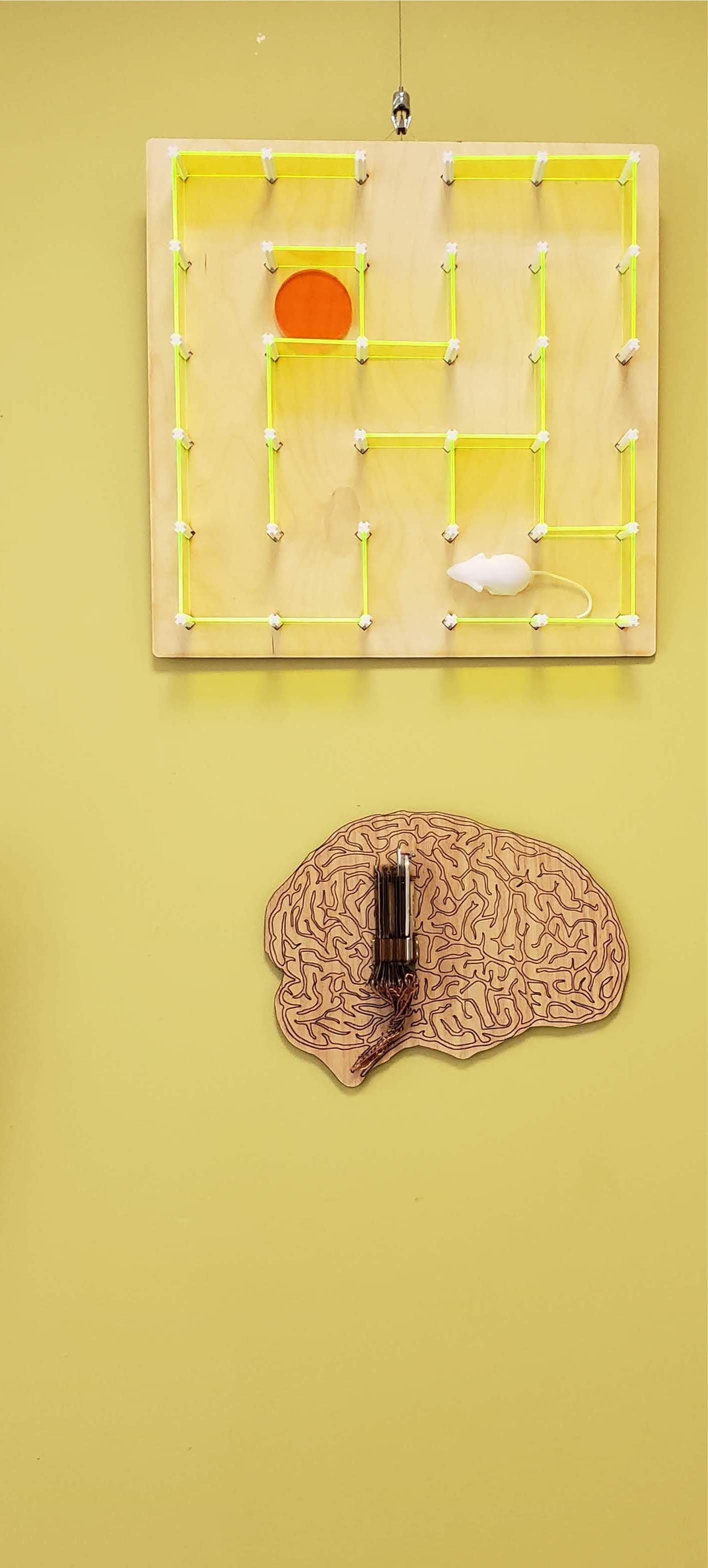
In 1951 Claude Shannon made Theseus, a maze-solving mouse that used a bank of relays for its brain. It was a fairly large device with X-Y motors, 90 relays, reed switches and lots of metal. A replica wasn't really amenable to being a wall-mounted art piece.
Theseus at the MIT Museum
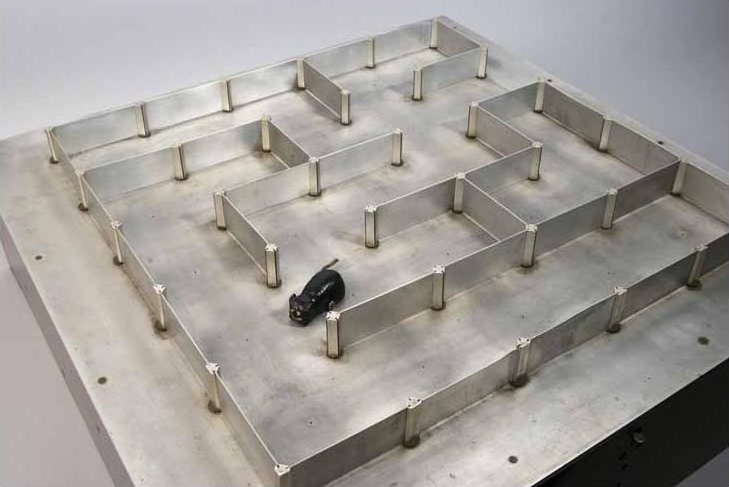 Courtesy MIT Museum
Courtesy MIT Museum
So I started with 1:4 scale cardboard model to get a sense of what it would look like on a wall.
Cardboard prototype
 My kids got a kick out of watching Hexbugs bounce around in the maze
My kids got a kick out of watching Hexbugs bounce around in the maze
Then I reached out to Bell Labs to see if they could share any information on the maze. In particular I was interested in trying to match the relays in the original because in one promotional video that Shannon made about Theseus, there was a close-up of the relays and they had a very distinctive appearance.
In the meantime, I found some vintage relays on eBay and decided to go ahead and order them. A few days later, I received them.
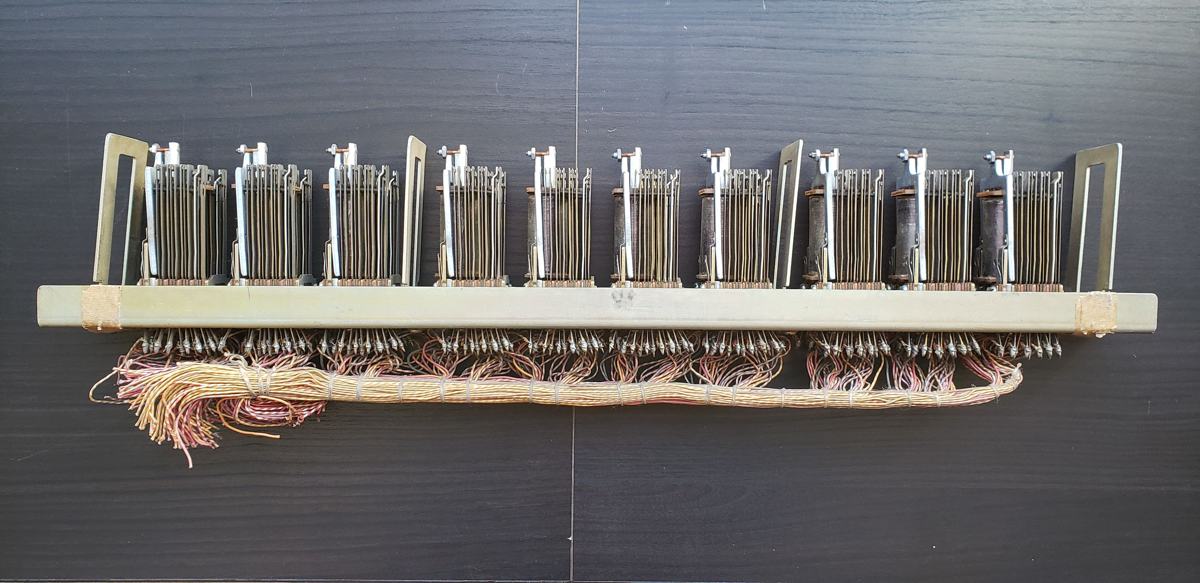 Paying the shipping costs was way more than the bidding price.
Paying the shipping costs was way more than the bidding price.
Turns out the relays were a pretty good match. They were the same type as the ones in the video — U Type. Although they weren't the same model number, John at Bells Labs was kind enough to look at some of their old specification sheets to confirm that they were used during the 40s to 70s.
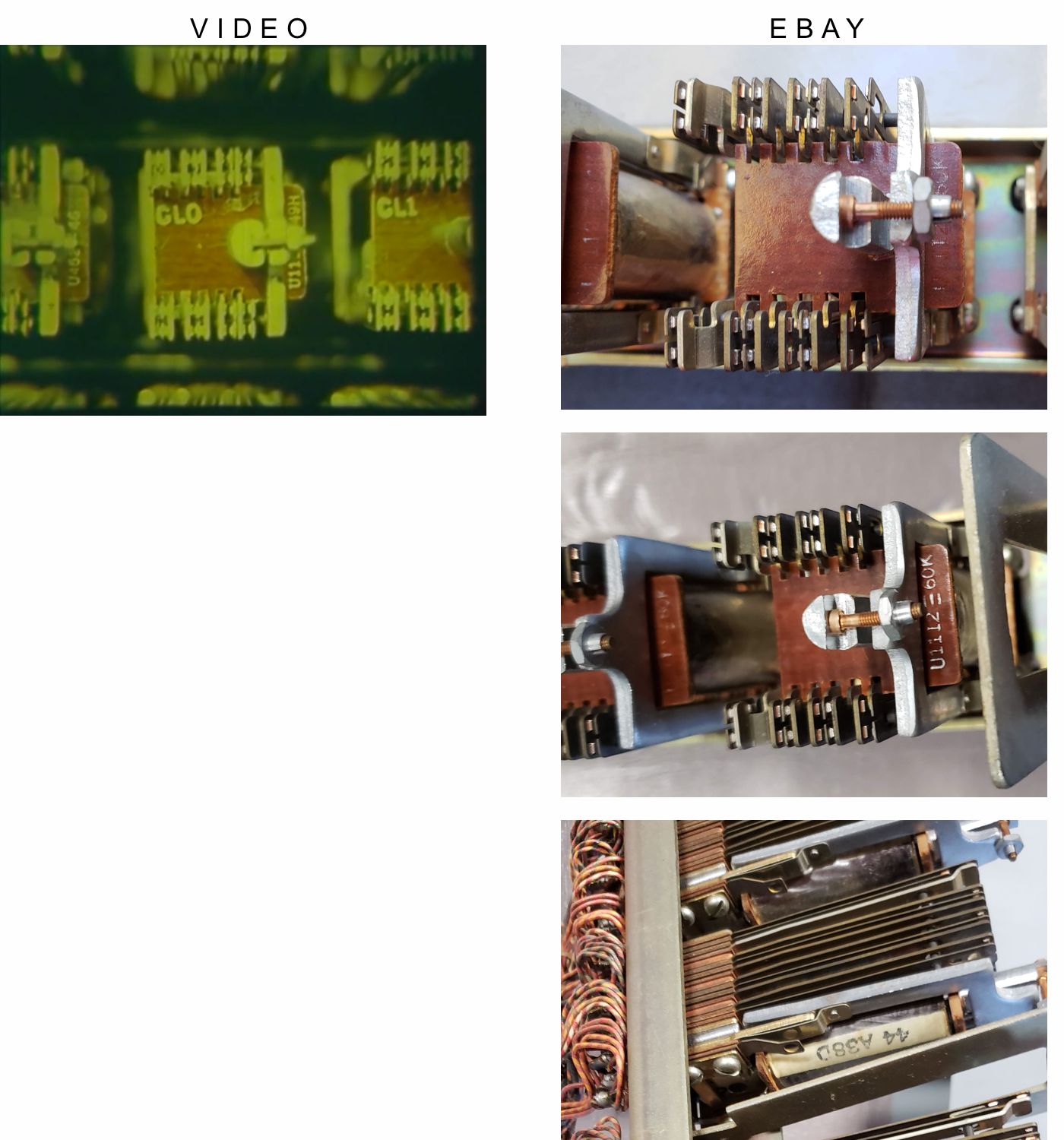 Relays. A pretty close match
Relays. A pretty close match
Then I turned my attention to the mouse. I couldn’t get a hold of any detailed drawings or photographs to use as a reference and so I ended up sketching my own version of a mouse in Fusion 360.

3D printing the mouse using black filament
Back to the maze
I decided to go down the path of making a piece that was representative of the original but clearly not a replica. Thanks to my friends at Tap Plastics, their suggestion was to try a fluorescent acrylic to make the maze walls stand out.
The last major component was to figure out how to make the square posts with the grooves at the corners, just like in the original. After watching me struggle to use wood and a table router to make the groove, Kenny at TheShop suggested that I just 3D print them. By this point my design skills in Fusion 360 had improved and knocking out the design wasn’t too bad.
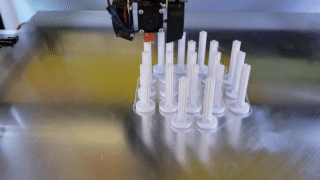
3D printing the posts
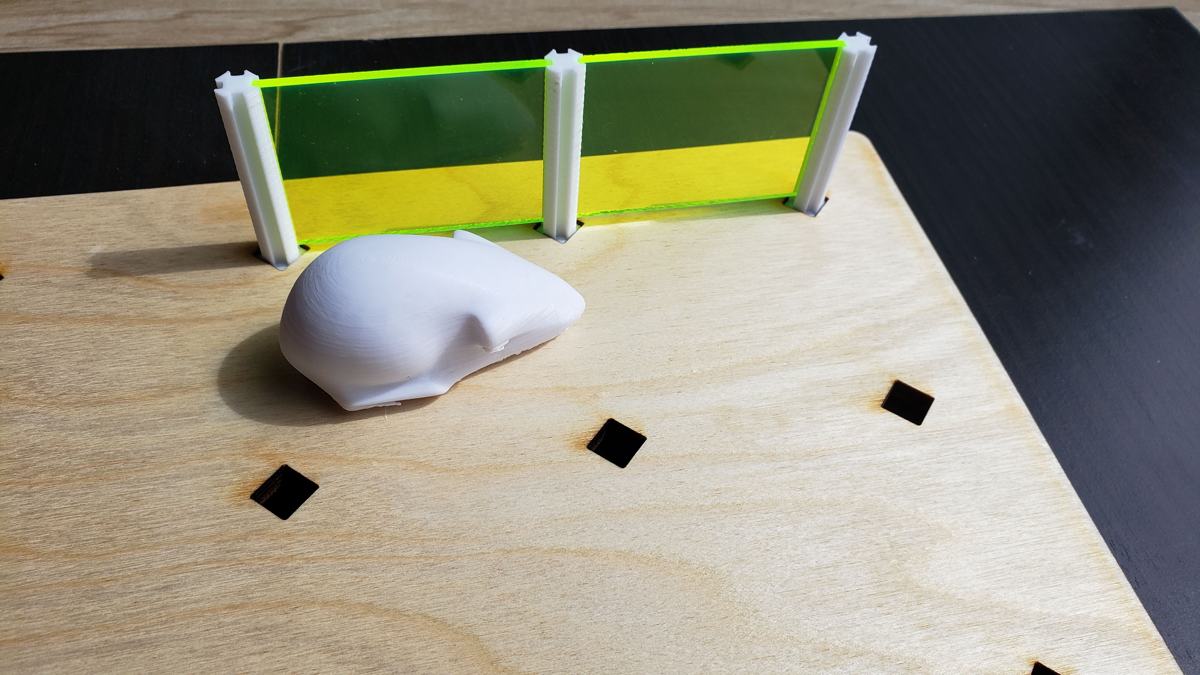
Checking the fit and look
Theseus Exhibit Label
Theseus 1951 by Claude Shannon
Maze and mouse design by Edwardo Martinez
Fluorescent acrylic, 3D printed mouse, 3D printed maze posts
Claude Shannon is known as the father of the information age and he’s also known for Theseus, the intelligent mouse that could solve a maze on its own. The brains of Theseus were actually underneath the maze itself and using a combination of relays and magnets, the mouse was able to explore the maze and learn the solution to reach the goal (cheese). Betty Shannon, a mathematician and his wife, was one of his closest collaborators and helped him develop his ideas, including wiring the brains of Theseus. The original Theseus was made of metal with a brain composed of 90 relays. By constructing Theseus, it gave Shannon and Bell Labs a way to communicate the speed and capabilities by Bell Labs to handle and intelligently route telephone calls.